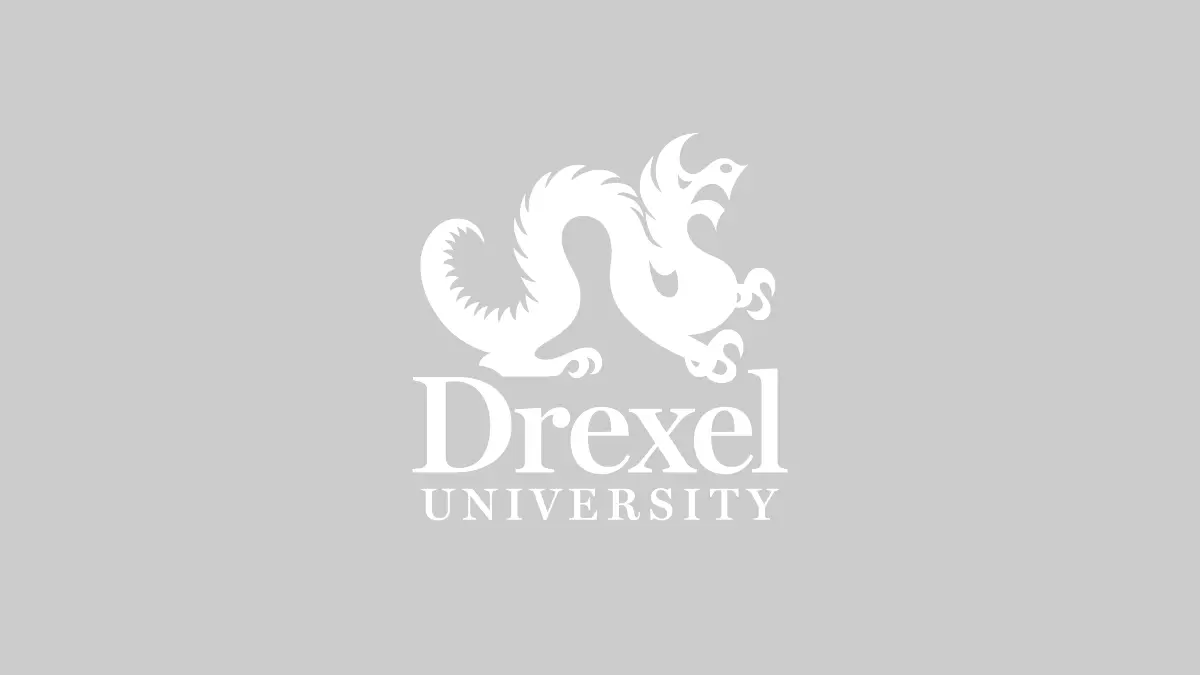Drexel LeBow Research Shows Sticking With the Same Advisors Does Not Pay
Does it pay to stay in long-term relationships with advisors?
Apparently not, Jennifer Juergens, Ph.D., an assistant finance professor at Drexel LeBow, recently told the CFO Alliance’s Philadelphia chapter.
During her presentation, “The Debt and Equity Ecosystem: Evaluating the Advisory Relationships That Help Firms Access Capital, Growth, and Liquidity,” Juergens shared her research highlighting why it does not pay for firms to stay with their debt and equity underwriters and merger advisors for capital market transactions.
Juergens’ research groups firms that conduct five or more transactions over their lifetime into three categories: static (12 percent); dynamic (30 percent); and latent dynamic (58 percent). Static firms employ the same advisor consistently for all deals while dynamic firms use different advisors for the majority of their deals. Latent dynamic firms start off as static by using the same advisor for the first several deals, then transition into a dynamic pattern.
Juergens’ research shows that static firms pay significantly more fees than dynamic firms across all transaction types. Her findings also suggest that retaining the same advisor results in both higher fees as well as higher deal costs — such as coupon rates, yields to maturity, underpricing, and premiums paid in mergers.
During the discussion, CFO Alliance attendees shared the various factors they consider when deciding whether or not to maintain a long-term relationship with an advisor. Does management have the bandwidth to find the lowest fee? What is the tipping point for determining value? How strong is my personal relationship with my advisor? In addition, attendees discussed the frequency and size of transactions and the influence of personnel and advisor changes at their firms.
After the large group discussion, Juergens emphasized that it is also important to consider the current economic climate when evaluating the rate at which firms change advisors.

